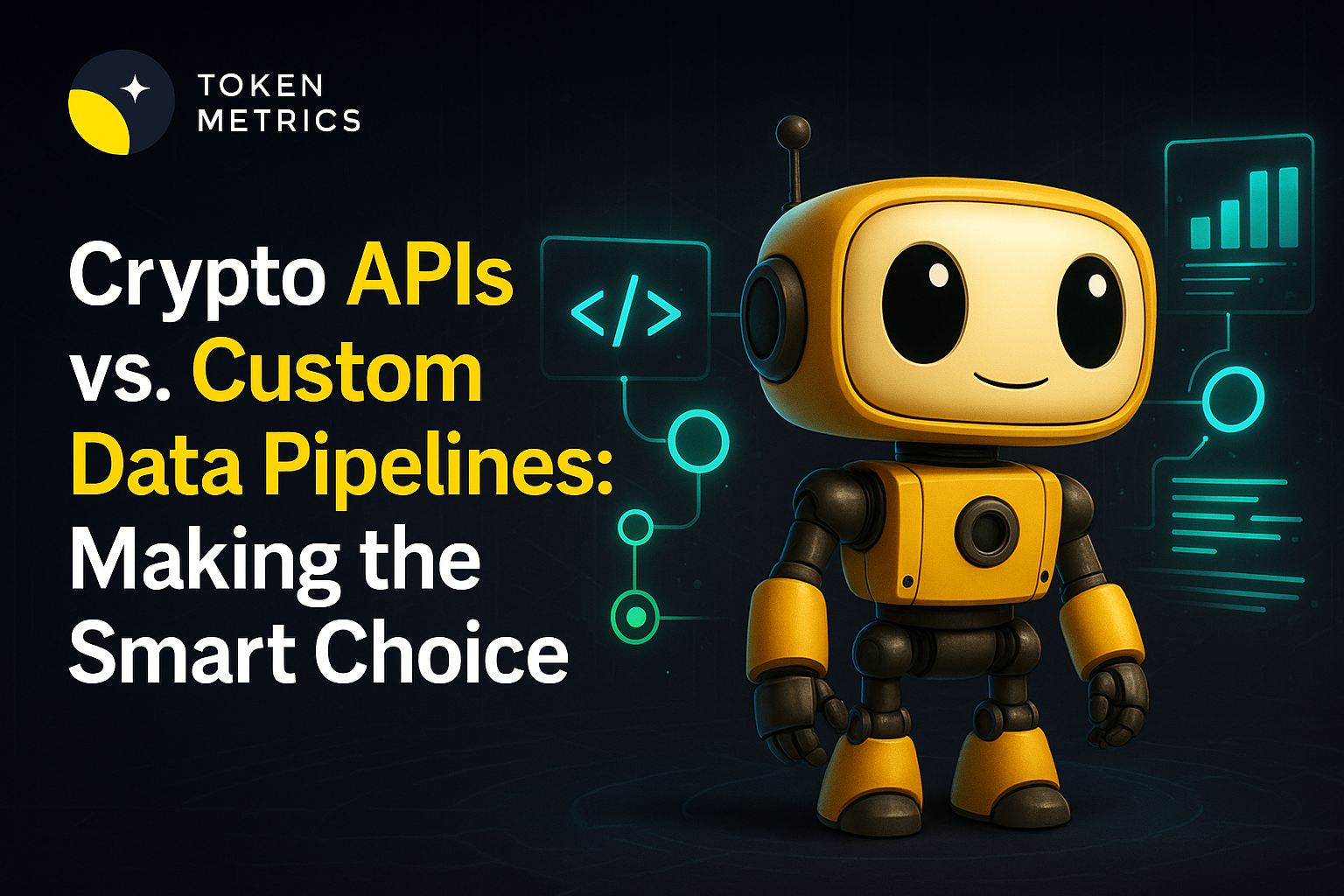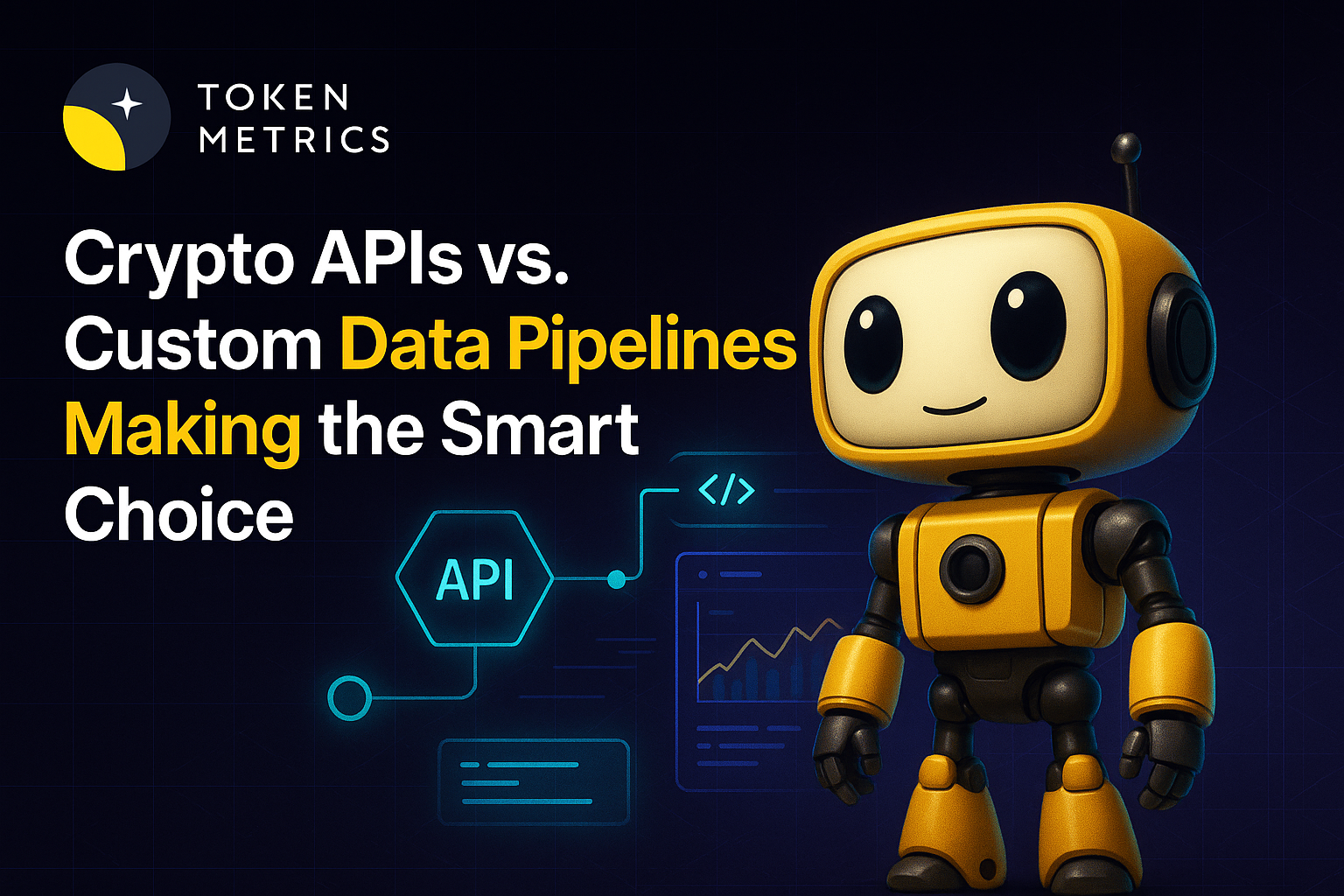How REST APIs Power Modern Apps

APIs are the connective tissue of modern software. Among architectural styles, the REST API remains a dominant approach for exposing resources over HTTP. This article explains what REST APIs are, the principles behind them, practical design patterns, security and testing considerations, and how AI-driven tools can streamline API development and analysis without prescribing decisions.
What a REST API Is and When to Use It
REST (Representational State Transfer) is an architectural style for distributed systems that emphasizes stateless interactions, resource-oriented URLs, and standard HTTP verbs (GET, POST, PUT, DELETE, etc.). A REST API exposes resources as endpoints that clients can interact with using these verbs and common data formats such as JSON.
REST APIs are well-suited for web and mobile backends, microservices communication, and public developer platforms because they leverage ubiquitous HTTP tooling and are language-agnostic. They are not a one-size-fits-all: scenarios with complex subscriptions, real-time streaming, or highly stateful workflows may benefit from complementary technologies (e.g., WebSockets, gRPC, GraphQL).
Core Principles and Architecture Patterns
Understanding core REST principles helps teams design predictable, maintainable interfaces. Key concepts include:
- Resources and URIs: Model domain entities (users, orders, posts) as resources with clear, hierarchical URIs (e.g., /users/{id}/orders).
- HTTP Methods & Semantics: Use methods to express intent—GET for retrieval, POST for creation, PUT/PATCH for updates, DELETE for removal.
- Statelessness: Each request should contain all necessary context. Stateless servers scale better and simplify load balancing.
- Representation: Return consistent representations (JSON, sometimes XML) and use standard status codes (200, 201, 400, 404, 500) for clarity.
- HATEOAS (optional): Hypermedia links in responses can guide clients through available actions, though many APIs omit full HATEOAS due to complexity.
Architectural patterns to consider:
- Layered Services: Keep routing, business logic, and persistence separable for testability and reusability.
- API Gateway: Consolidate cross-cutting concerns like authentication, rate limiting, and logging at a gateway in front of microservices.
- Versioning: Use URI versioning (/v1/) or header-based approaches to evolve APIs without breaking existing clients.
Common Design Patterns and Best Practices
Practical design choices reduce friction for integrators and improve operational reliability. Consider these tactics:
- Consistent Naming: Prefer nouns for resources and keep pluralization consistent (e.g., /users, /products).
- Pagination & Filtering: Implement pagination for large collections (cursor or offset patterns) and provide robust query filtering with clear parameter semantics.
- Idempotency: Make write operations idempotent where possible (PUT) or support idempotency keys for POST operations to safeguard against retries.
- Error Handling: Return structured error objects with codes, messages, and request IDs to aid debugging.
- Rate Limits & Quotas: Expose headers that indicate remaining quota and reset intervals so clients can adapt to limits gracefully.
- API Contracts & Documentation: Maintain machine-readable contracts (OpenAPI/Swagger) and human-friendly docs that include examples and schema definitions.
Security-related best practices include enforcing TLS, validating inputs, and applying the principle of least privilege for resource access. Authentication options commonly used are API keys, OAuth 2.0, and JWTs; select an approach aligned with threat models and compliance needs.
Testing, Monitoring, and AI-Enhanced Tooling
Robust testing and observability are essential for reliable REST APIs. Typical testing layers include unit tests for business logic, integration tests for endpoints, and contract tests against OpenAPI specifications. Synthetic monitoring and instrumentation (tracing, metrics, structured logs) surface latency trends, error spikes, and usage patterns.
AI-driven tools and analytics can accelerate development and maintenance without replacing human judgment. Use cases include:
- Automated Contract Generation: Tools can infer or validate OpenAPI schemas from traffic traces to identify undocumented endpoints.
- Anomaly Detection: ML models can flag abnormal error rates or latency regressions earlier than manual review cycles.
- Code Assistance: AI can suggest endpoint implementations, input validation logic, and test cases to speed iteration.
When integrating AI tools, validate outputs and maintain clear governance: model suggestions should be reviewed, and generated specs must be tested against realistic scenarios.
Build Smarter Crypto Apps & AI Agents with Token Metrics
Token Metrics provides real-time prices, trading signals, and on-chain insights all from one powerful API. Grab a Free API Key
What is the difference between REST and RESTful?
REST describes the architectural principles; "RESTful" is an adjective applied to services that follow those principles. In practice, developers use the terms interchangeably to describe HTTP-based APIs that model resources and use standard verbs.
How should I version a REST API?
Versioning strategies include URI versioning (e.g., /v1/resource), header-based versioning, or content negotiation. Choose a consistent approach and document migration paths. Semantic versioning for the API spec and clear deprecation schedules help clients adapt.
Which authentication method is recommended?
Selection depends on use case: API keys are simple for server-to-server calls; OAuth 2.0 provides delegated access for user-centric flows; JWTs enable stateless session tokens. Evaluate threat models, token lifecycle, and revocation needs before choosing.
How can I make my API more resilient?
Introduce retries with exponential backoff, circuit breakers, idempotency keys for write operations, and graceful degradation on dependent service failures. Also, ensure comprehensive monitoring and alerting so operators can react to incidents swiftly.
What tools should I use for documenting and testing?
OpenAPI/Swagger is the de facto standard for API contracts and interactive docs. Postman and Insomnia are popular for exploratory testing; CI-driven contract tests and integration test suites validate expected behavior. Use static analysis and linting (e.g., Spectral) to enforce consistency.
How do rate limits affect API design?
Rate limits protect backend resources and ensure fair usage. Design endpoints so that expensive operations are clearly documented, offer bulk or async endpoints for heavy workloads, and provide clear limit headers so clients can adapt request rates.
Disclaimer: This article is for educational and technical guidance only. It does not provide financial, legal, or investment advice. Implementations should be validated against project requirements, security standards, and applicable regulations.
Create Your Free Token Metrics Account

.png)




%201.svg)
%201.svg)


%201.svg)










.svg)




.png)